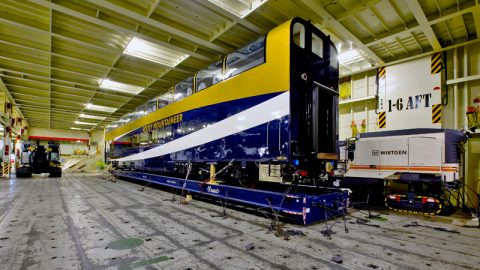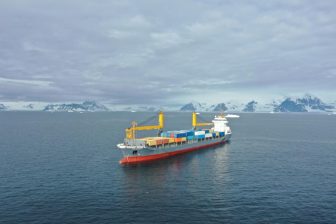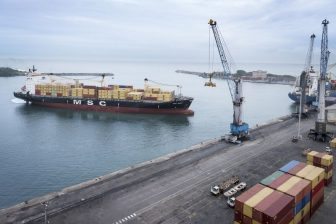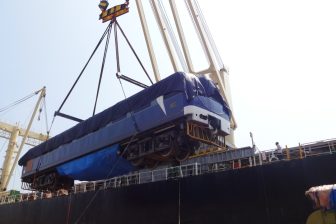Wallenius Wilhelmsen reports an operational profit (ebitda) of USD 218 million in the first quarter, which is a 74% increase in comparison with the same period last year. Net profit amounts to USD 22 million, up 52 million from the net loss of USD 30 million in the previous year.
“This is a good start to the year. I am very happy to see such strong performance in a quarter that is usually seasonally weak and that we have been able to lift rates for several smaller contracts. Our efforts to improve our operations are starting to pay off. On the other hand, the market environment remains challenging and the volume outlook is increasingly uncertain”, says Craig Jasienski, President and CEO of Wallenius Wilhelmsen ASA.
Project cargo
With volumes in the automobile market decreasing, Wallenius Wilhelmsen is looking to expand its breakbulk and project cargo services. Just last week the company published a document citing five reasons why ro-ro vessels are ‘the winner’ for transporting out-of-gauge and heavy cargoes.
Wallenius Wilhelmsen cites its breakbulk expertise, frequent sailings, extra cargo protection through underdeck stowage and efficient storage at its terminals all as important reasons. But the one aspect in which the company differentiates itself from conventional multipurpose and heavy-lift vessels is the lower risk in cargo handling, Wallenius Wilhelmsen states.
“It’s clear that reduced handling equates to reduced risk – and this is certainly true in the world of breakbulk where cargo is both complex and costly. While container and Lift on/lift off (LoLo) transportation involve significant cargo-handling through lifting and therefore increased risk of cargo damage, ro-ro shipments involve limited lifting as a result of rolling cargo on and off the vessel,” the company writes.
Outlook
The Board of the company says it maintains a balanced view on the prospects for Wallenius Wilhelmsen, although there is uncertainty around the volume outlook in light of weaker auto sales in most markets, potential risk of increased trade barriers and a continued soft macro picture.
“Market rates remain at a low level although a few smaller contracts have been renewed at improved rates in the early part of the year,” the Board states in its quarterly report.
Wallenius Wilhelmsen is a ro-ro shipping company specializing in vehicle logistics, transporting cars, trucks, rolling equipment and breakbulk around the world. The company says it operates around 130 vessels servicing 15 trade routes to six continents and a global inland distribution network. The Wallenius Wilhelmsen group consist of Wallenius Wilhelmsen Ocean, Wallenius Wilhelmsen Solutions, EUKOR and ARC. The group is headquartered in Oslo, Norway with 9,500 employees in 29 countries worldwide.




